How to Make Homemade Baby Food
Here’s the dirty little secret about how to make baby food. Actually, two secrets:
- It’s really, really not hard.
- You don’t have to do it.
A Brief History
Did you know there was really no such thing as “baby food” before the 1900s? There was just food (!); some of it was considered appropriate to feed to babies, and some wasn’t. (Go figure, right?). The first DIY baby food craze was actually in the 1970s, so technically, we’re in a bit of a Renaissance (snort).
After father Harold Clapp started selling a “soup” he made for his sick baby (which apparently restored the babe’s health) in the 1920s, other manufacturers (i.e., Gerber) started making canned “baby food” too, and the introduction was an almost instant success. In just a matter of decades — by the post-WWII era — baby food was almost entirely commercialized.
Baby foods on supermarket shelves were prepped just like every other processed, preserved food: they were necessarily packed with all kinds of stabilizing chemicals and preservatives, along with the twin food devils, salt and sugar… not to mention all kinds of baby food desserts and sweets readily available. The idea was to make a product that was easy, convenient, and that babies would eat. In a way, baby food was a classic postwar display of American greatness.
“There’s this sense in the culture that we are a superpower, and commercial baby food is emblematic of that society that we are. It’s modern, it’s abundant, it’s scientific, it’s sterile.”
Amy Bentley, in the Atlantic
Everybody’s happy.
Well, no, not really. Cue a rising recognition of the health consequences of processed foods and chemical additives in the 1970s. In that decade, many mothers started to push back against the industry and, in protest, began to make their own food.
They raised awareness about the health and safety concerns of jarred baby food and, in light of the consumer movement, provoked some notable changes. It took some time, but eventually most baby food makers stopped adding sh*t to their products and did away with flavors like cherry vanilla pudding and chocolate custard (yes, those were real).
Today, you’d be hard pressed to find baby food at the grocery store with any added sugar and salt. But you wouldn’t be hard pressed to find baby food that tastes like cardboard in a blender. (I’m kidding! Sort of.)
Thankfully — today’s jarred baby food does not contain unhealthy added ingredients like sugar, high fructose corn syrup, or salt. (And there are even some really excellent and healthful new products out there, like Amara.) Yet many parents still have reasonable concerns about packaged baby food (see below) and opt to make their own.
If that’s you, great! Keep reading for the scoop on getting started.
And if it doesn’t appeal, you should know that feeding your baby jarred baby food is FINE. If homemade baby food is not your thing, then don’t beat yourself up. Do what works.
And remember — this baby food puree stage may seem like everything RN (and yes, it’s important) — but it’s relatively short. It really only lasts for a matter of months (if that). So: on the scale of things… as they say.
Why to DIY Baby Food
The typical “reasons to DIY” when it comes to baby food purees have to do with cost, taste and nutrition, and habits.
1. Cost
Homemade baby food is technically cheaper than jarred baby food. Think how many 4 oz. jars of peas (at about ~$1.25) you could make with a single 12 oz. bag of frozen peas (~$3). (BTW — it’s not 3. It’s A LOT.) *Of course, this doesn’t take into account the opportunity cost of making the food, storing it, etc., etc., but in the simplest of economic terms, homemade food is cheaper.
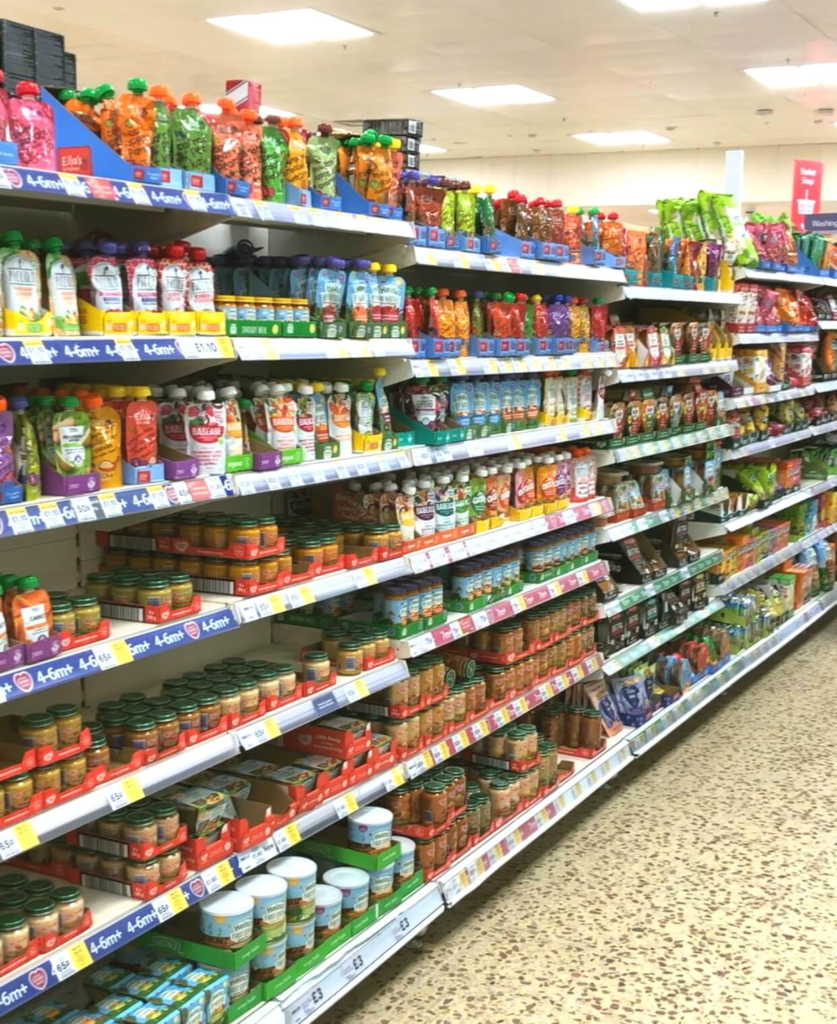
2. Taste and Nutrition
Most jarred baby foods use high heat preservation methods (for shelf stability) that effectively nuke both nutrients as well as taste. Yes, it can be very difficult to tell the difference between a jar of this and a jar of that. With homemade food, you preserve more of a food’s nutrient value as well as flavor. (Another thing: you can adjust the texture over time as you see fit.)
The word most parents who favor homemade baby food use to describe their choice is CONTROL. It goes without saying: you make your baby’s food, you get to decide what’s in it.
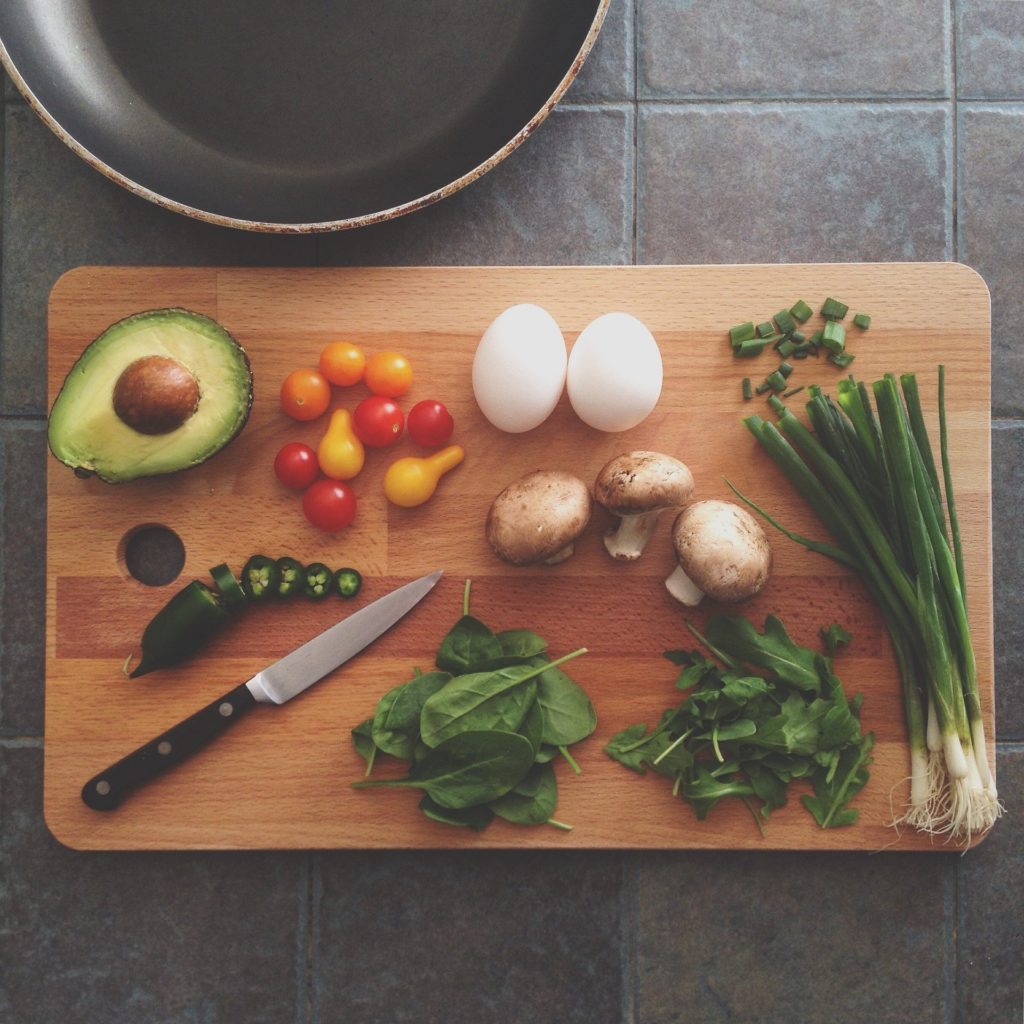
3. Habits
Generally speaking, feeding your baby homemade food will help acclimate your baby to the foods your family actually eats, earlier. There’s a wealth of insanely fascinating research about how important the first couple years of life are for determining flavor preferences and eating habits, so this is an interesting premise, IMO.
Anyone know about the flavor window?
A final note: much like with breastfeeding and formula-feeding, baby food need not be an all or nothing decision. There is no rule that you are beholden to decide whether or not to make or buy every single bite of food that goes into your baby’s mouth and then stick to that choice. Maybe you make some of your baby’s food, but not all of it. Or none of it. Maybe you change your mind. I repeat: the best method is “WW” — aka “whatever works.”
Safety Measures
Thanks to the pandemic we are all more aware of proper hygiene than ever. But here are a couple of refreshers:
- Wash everything: babies can be more susceptible to lurking germs, so make sure to wash your hands and any and all produce well, cook meats or raw foods thoroughly, use clean storage containers, etc., etc. You know the drill.
- Know how to store: when you store homemade baby food, you can generally expect that it will last 4-ish days in the fridge and about 3 months in the freezer. And once you thaw something, don’t refreeze it.
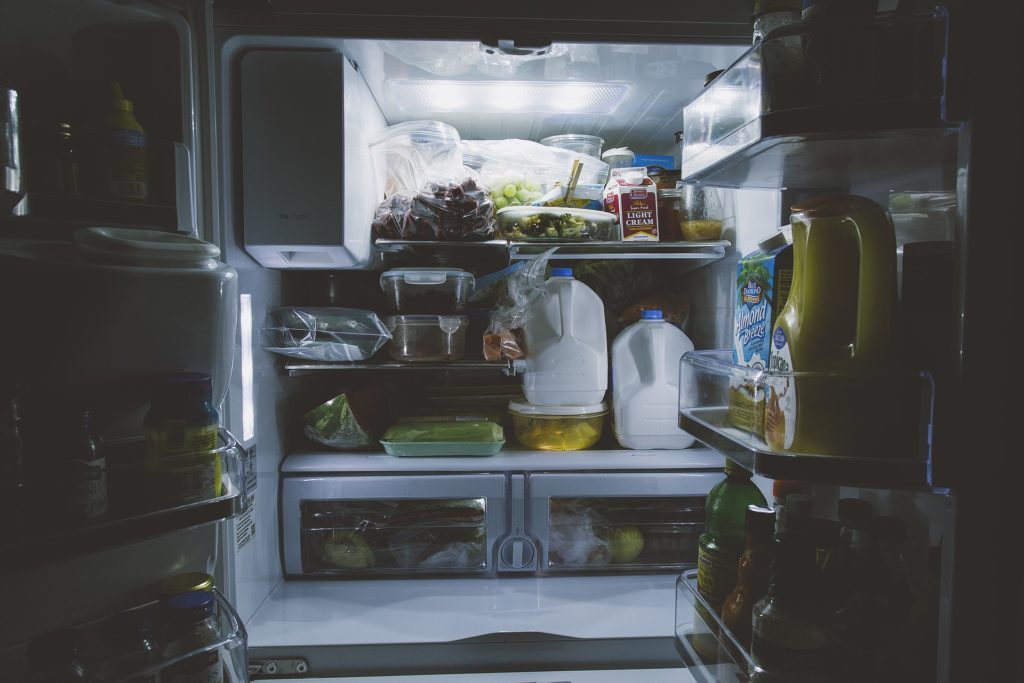
Oh! And two other things: Babies can’t digest cow’s milk, so pediatric advice is to avoid feeding babies milk — as a drink — until they are one year old. That doesn’t necessarily mean that you can’t offer a baby any dairy foods (and it’s possible that exposing them may play a role in early introduction of allergens), and you can use it in small quantities to mix purées; but it’s best to do so more sparingly. And lastly, NO HONEY. Because, botulism.
If you’ve heard something about nitrates (namely, that foods high in them — like spinach, beets and carrots — can cause a rare class of anemia called methemoglobinemia in infants), you should know that the AAP recommends babies avoid foods high in nitrates until they are at least three months of age. This makes sense, and it also shouldn’t pose any problems for you, since you’re giving this whole thing a go between 4-6 months, right? 😉 If you’re reticent, I suggest taking a look at Dr. Alan Greene’s “mythbusting” post on this issue.
How to Make Baby Food
It’s really, really, not hard.
Here’s the step-by-step run-down, Bop-it style (do you remember Bop-it?!:)
1. Cook it:
Prep your food — wash and peel (if applicable), and chop it up into manageable pieces.
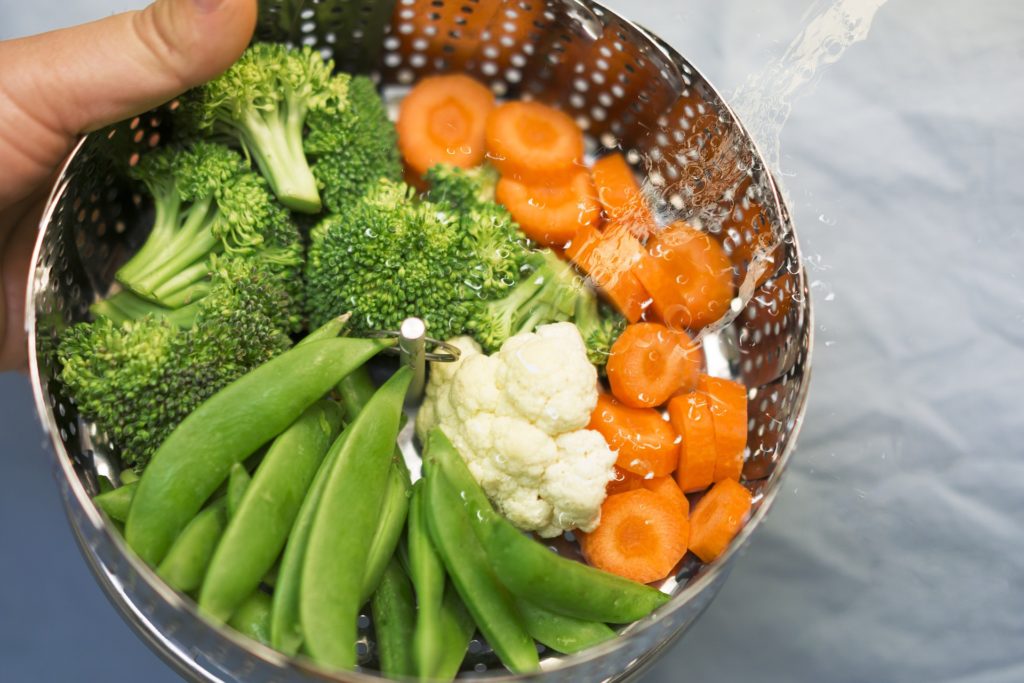
Steam it or roast it, bake it, boil it, microwave it — whatever you choose — and lean toward overcooking, because the food needs to be VERY soft to puree it easily.
Note: Steaming preserves the most nutrients.
2. Puree it:
Toss your cooked food in your blender/food processor (check out our recommendations for that here), and puree away. Depending on what you’re making, you may want or need to add some liquid to facilitate this step and/or thin out the puree. You can use water, formula, breastmilk, stock, etc. to adjust the consistency.
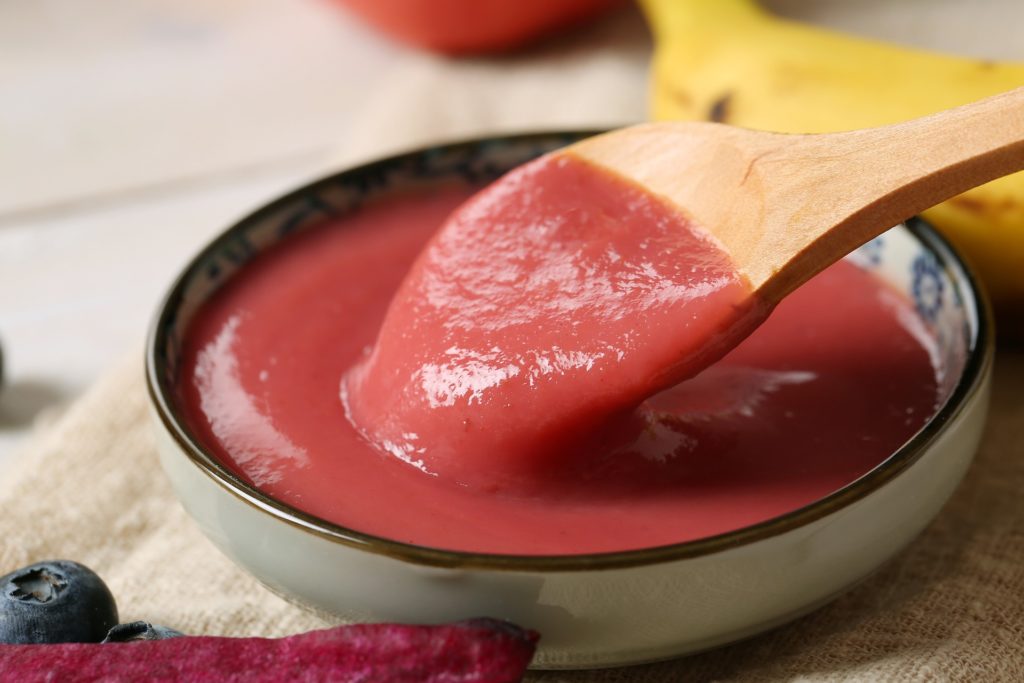
BTW — you may not actually have to puree it. There are all kinds of foods that you can simply mash up and feed to your baby, such as bananas, avocados, sweet potatoes, etc. Especially once your kiddo has some practice, this is a great and easy way to go the homemade route. (And if you want, there’s also always “baby led weaning,” or BLW, which is essentially just letting your baby feed herself… yes, there really are innumerable ways to do this right!)
3. Store it:
It’s most convenient to store your puree in small portions… someone somewhere had the genius idea to use ice cube trays for this, which we highly recommend:
Spoon out your puree into cubes (don’t fill them all the way up, though, because the puree will expand as it freezes), let them freeze (this generally takes ~4-6 hours), and then you can pop out the cubes and store them in a separate container (i.e., a freezer-safe bag).

*Tip: if you’re having trouble getting the food to pop out from the tray, flip it upside down and run a little warm water under the base of your ice cube tray.
Also! Label your puree with what food or blend it is, as well as the date. (I initially skipped this step because I just knew I would remember everything. Well let me tell you what: I ALWAYS FORGOT. You will too. Probably. Maybe.)
4. Use it:
Feed your kiddo! (Here’s how to do that part.) You can thaw frozen cubes in the microwave or fridge, or on the stovetop. Then dig in. 🥄
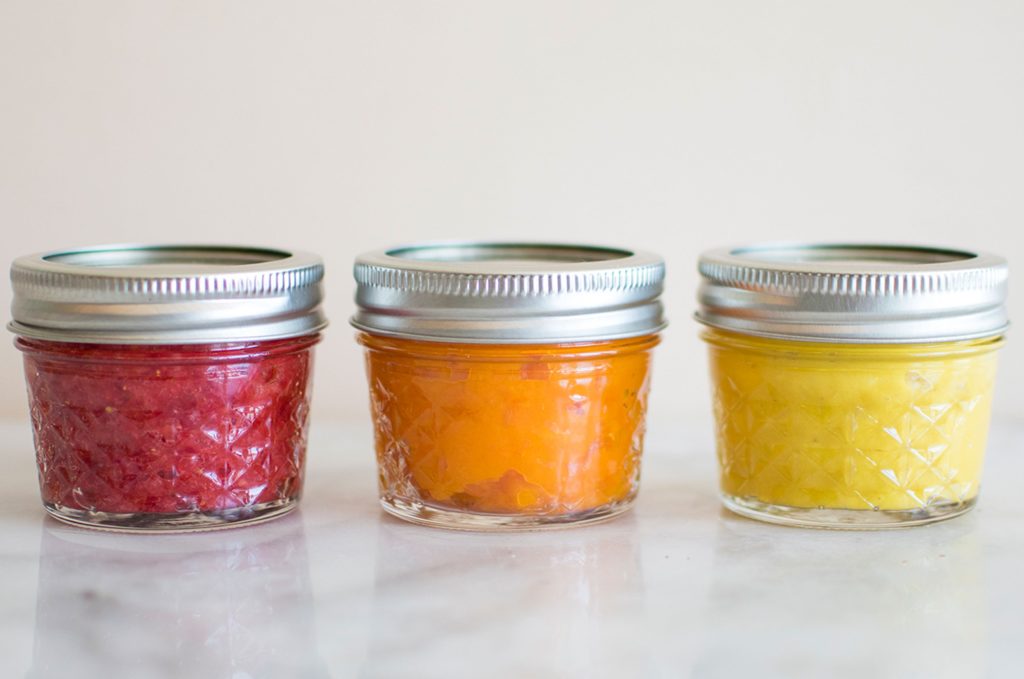
The nice thing about making your own baby food is that you can make almost anything, including foods that are rare in the commercial baby food world (like plantains or beans). You can also puree whatever you have for dinner, which can be fun. Baby Foode offers numerous wonderful and simple recipes, and you can easily find any number of recipe round-ups, but you don’t have to get fancy with it. Some thoughts/ideas:
- Veggies: sweet potatoes, beets, carrots or parsnips, spinach or kale, broccoli, cauliflower, turnips
- Fruits: blueberries, mango, berries, pears/apples, peaches and nectarines, apricots
- Spices: yes, you can use spices! (Just avoid sugar and salt — did I mention that yet?)
- Also: yes, you can puree meat/eggs/fish, as well as beans or grains.
Most parents like to spend a couple of hours making large batches of baby food purees (i.e, steps 1-3 above) about once per month — but it really depends. If you have less freezer space, you may want to have a “prep” day more often and work with smaller quantities. If you bought an extra freezer when the pandemic hit, then maybe you have some extra room and want to prep food even less often.
Personally, I actually prepped purees quite frequently (maybe two/three times per week) — simply because I would make different things on different days. This way, I never had to devote a full day (or even half day) to making baby food (when I read about people who report doing this, all I can think is OMG do people really do that?!?). As an example: I’d make coconut oatmeal on Monday, and then spinach on Thursday and curry sweet potato on Sunday. The next week, I’d make beans on Tuesday, broccoli on Friday, and beets Saturday. (You get the idea.) After a couple/few weeks, I had a nice array of foods so we could offer different things, and I just got into the rhythm of it. It was fun, actually.
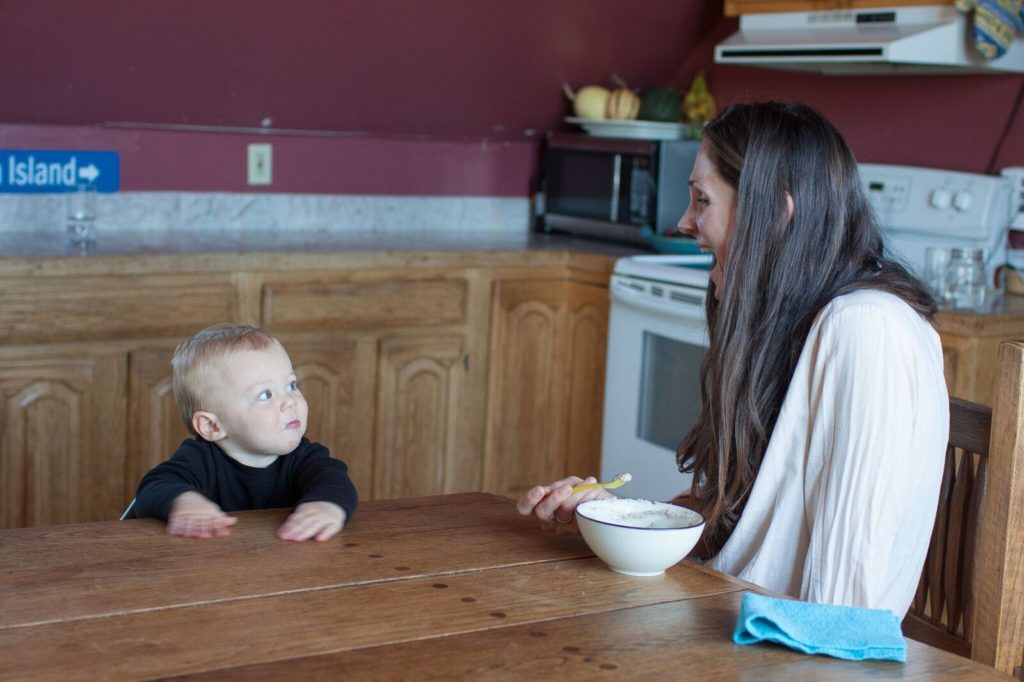
So play around with it, see what works for you. And again, it’s not a zero sum game.
If you’re into it, come along with us to see what you need (hint: it’s not very much).
Your article is timely, given that the House released a report last week that something like all the baby food brands contain high levels of dangerous substances like arsenic, lead, and mercury. But your article doesn’t address that, saying that giving your baby commercial baby food is totally fine. I am wondering if your stance is different given this news? Or what is your advice to those of us who are now concerned about whether we should drop all commercial food and start making our own?
Thanks! https://oversight.house.gov/sites/democrats.oversight.house.gov/files/2021-02-04%20ECP%20Baby%20Food%20Staff%20Report.pdf.
I have a question about gagging vs. choking…and maybe how that relates to first time solid foods. Needless to say, we’ve had a couple of moments with some of the purées we’ve made since we’ve introduced her to solids. It would be great to read an installment on that…
when you made baby food and froze it (ex squash and banana)
Do you have to reheat it or can you just thaw it?